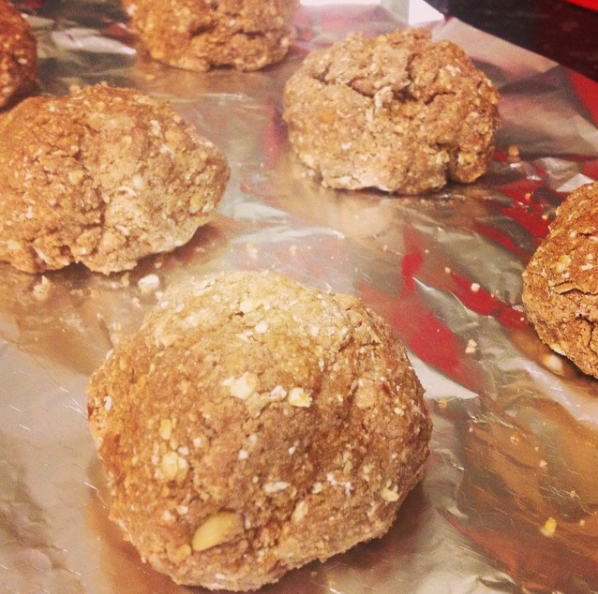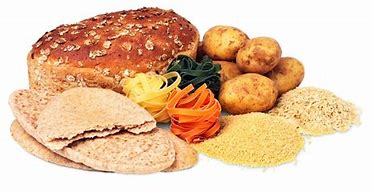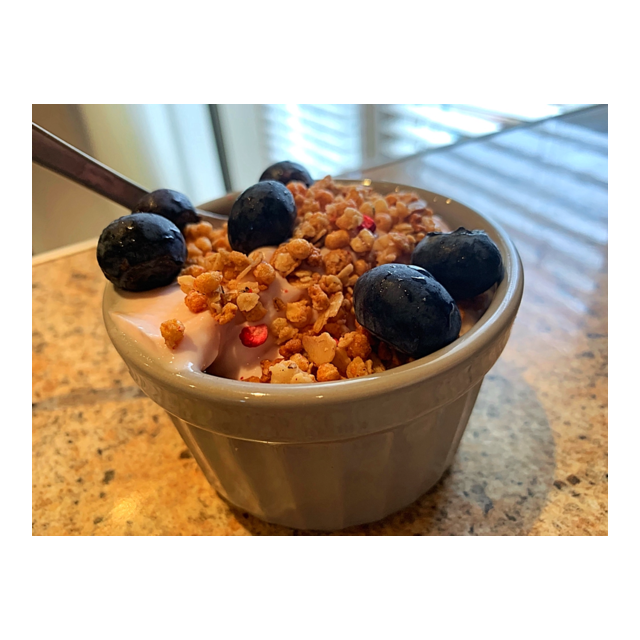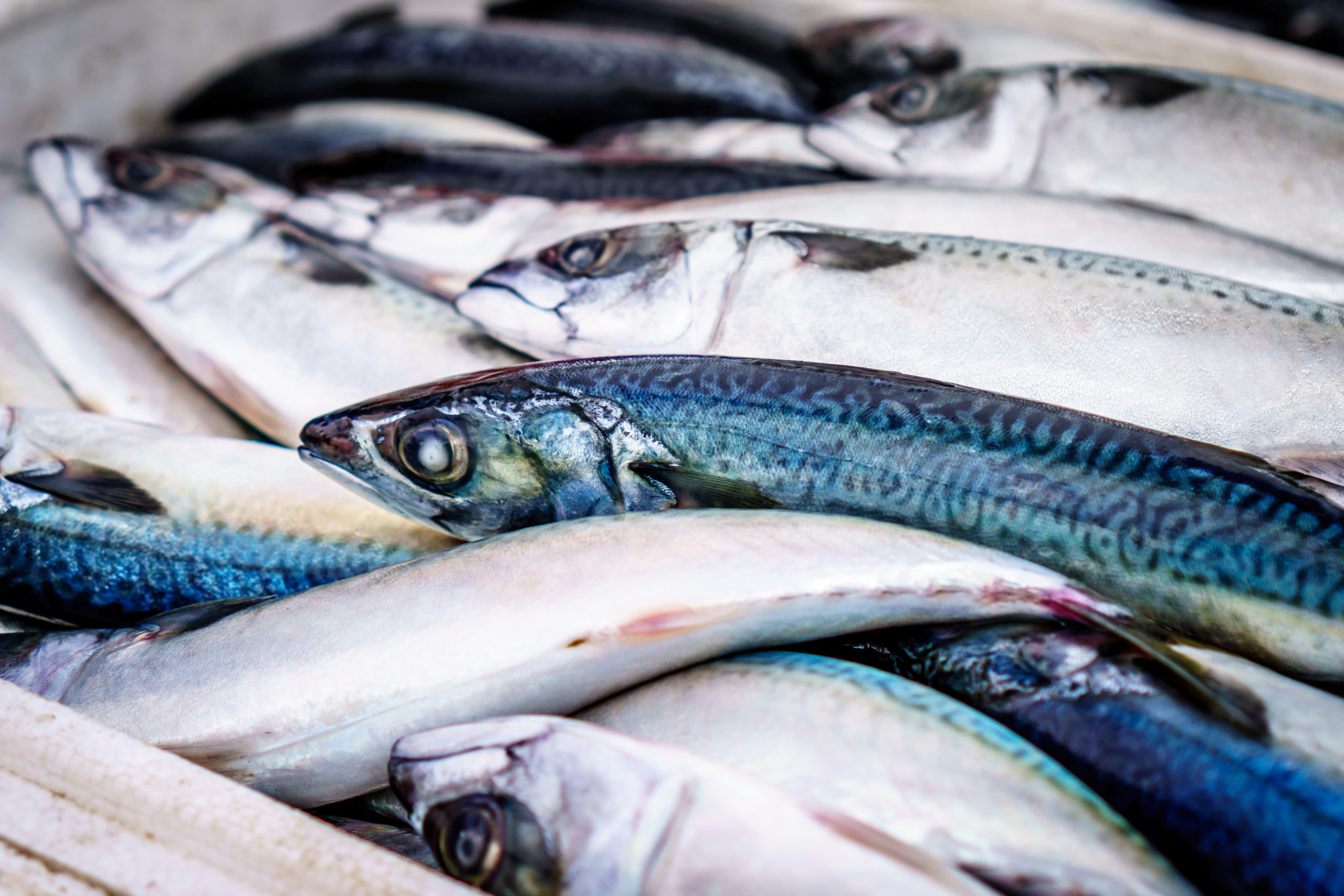Who singles out food, labelling them as ‘good or bad’? Did you know that this is the foundation of many nutrition myths. There is no such thing as a good or bad food and these labels can often be associated with guilt or shame. Yes, one food may be healthier than the other in terms of its nutritional composition, but it is all relative to the amount you consume and the frequency of that consumption. If I have an apple once a week does that mean my diet is healthy? Similarly, if I have a bar of chocolate once a week does that mean I’m unhealthy? We need to look at the quality of our entire diet rather than just particular foods as a determinant of health.

We think it’s also important to remember that health is multifaceted. The impact food can have on other components of our health besides aesthetics kand performance can sometimes be overlooked or undermined. Food has always been a central part of social environments and even more so in recent years (brunch is a popular phenomenon that we at NutriKate thoroughly enjoy). Sometimes it’s important to consider the value of these experiences from a different perspective. Yes, it is often harder to control the calories on your plate however most menus are flexible and offer a range of options. A few extra calories in a meal enjoyed with friends/family every now and again can be worked into our goals. The positive benefits these interactions have on our mood however, can’t be ignored!
Minimising or erradicating the feeling of shame or guilt that we often associate with foods that are less nutrient dense is something we at NutriKate wholeheartedly support. While yes, overconsumption of these foods can compromise body composition goals/performance, they can be included as part of a balanced, healthful diet.










